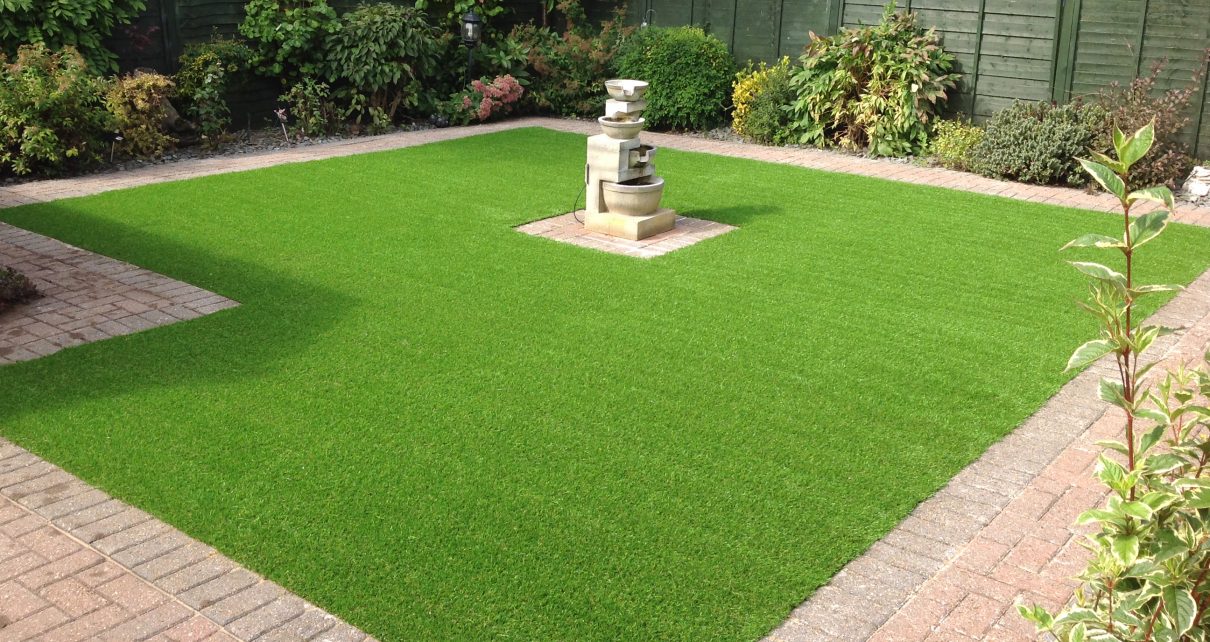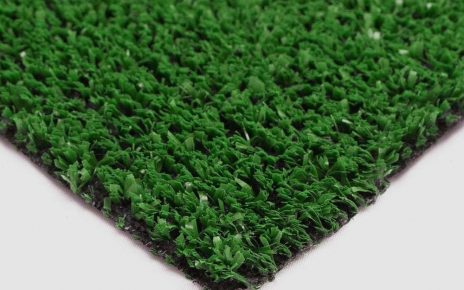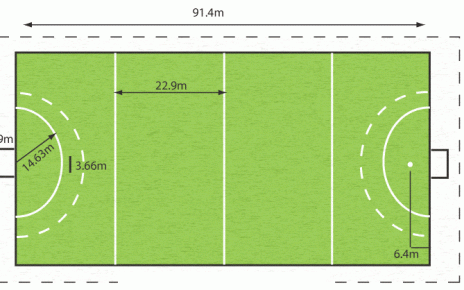People are continuously searching for ways that their personal decisions can make a difference to the earth, and from reducing greenhouse gas emissions to conserving biodiversity, artificial grass can certainly make a huge difference. Standard grass often ends in wasted water and unsafe back yards through watering together with the usage of pesticide sprays and herbicides. Synthetic turf is an opportunity to decrease your carbon dioxide footprint, lessen your water usage, and give protection to local wildlife- with one lifestyle change.
Conserves Water
In an effort to manage regular grass lawns regular watering is essential, especially for the whole of Summertime, and this significant water usage has harmful impacts on the planet. One of the benefits of synthetic grass is that little to no watering is necessary to ensure that it stays looking great. Artificial turf does not dry out or die in the scorching heat like standard grass, and so with specialists like¦, you don’t have to waste valuable water resources on grass.
Saving resources like water has grown to be more important and really should factor into your choice of grass. Synthetic turf is only going to require hosing down if debris or dirt needs to be cleaned up and removed, and usually a bit of rainfall can do this job for you!
Reduces Carbon Foot Print
If reducing your carbon foot print is significant to you then artificial turf will be the path to take. The lower upkeep that is required means that minimal equipment is required- no lawn mowers, grass clippers, or scarifiers necessary, which all use fossil fuels. Synthetic turf is always trimmed and weedless from the second it’s put in, which means you don’t need to rely on any damaging lawn mowers or trimmers.
Not using all of these devices will cut your petroleum and diesel usage, and consequently reduce greenhouse gas pollution.
No Need For Harsh Chemicals
Grass demands the use of fertilisers, pesticides, and other harsh chemicals to kill weeds and to keep your grass looking fresh. In addition to being made from materials such as fossil fuels (further increasing greenhouse gas emissions), you can run the risk of your grass becoming toxic. This creates a dangerous environment, especially for pets and children.
Conserving Land And Water Biodiversity
Another adverse effect of using harsh chemical products on grass lawns is harmful toxic run-off that occurs when it rains. The rain carries the chemicals that are on the grass across surface areas and can even wind up in nearby aquatic systems, like fish ponds and rivers, in some cases wiping out the marine life. Extreme levels of poisonous chemicals running into aquatic habitats are also able to cause algal blooms, which in turn greatly reduces the oxygen levels in the water. The fish can then become ill and/or die-off, causing a population decrease, and cutting regional biodiversity. artificialgrasscambridge.co.uk is definitely a site that has lots of up to date info about maintenance on artificial grass.
Sometimes these agal blooms may become harmful to people because they generate bacteria growth and elevated contaminant concentrations in water. This can cause people to become sick if they encounter the toxified water, through either having some the contaminated drinking water or eating polluted fish.
Artificial grass does not have any need for any harsh chemicals and offers a solution to the harmful effects of sustaining regular grass.





